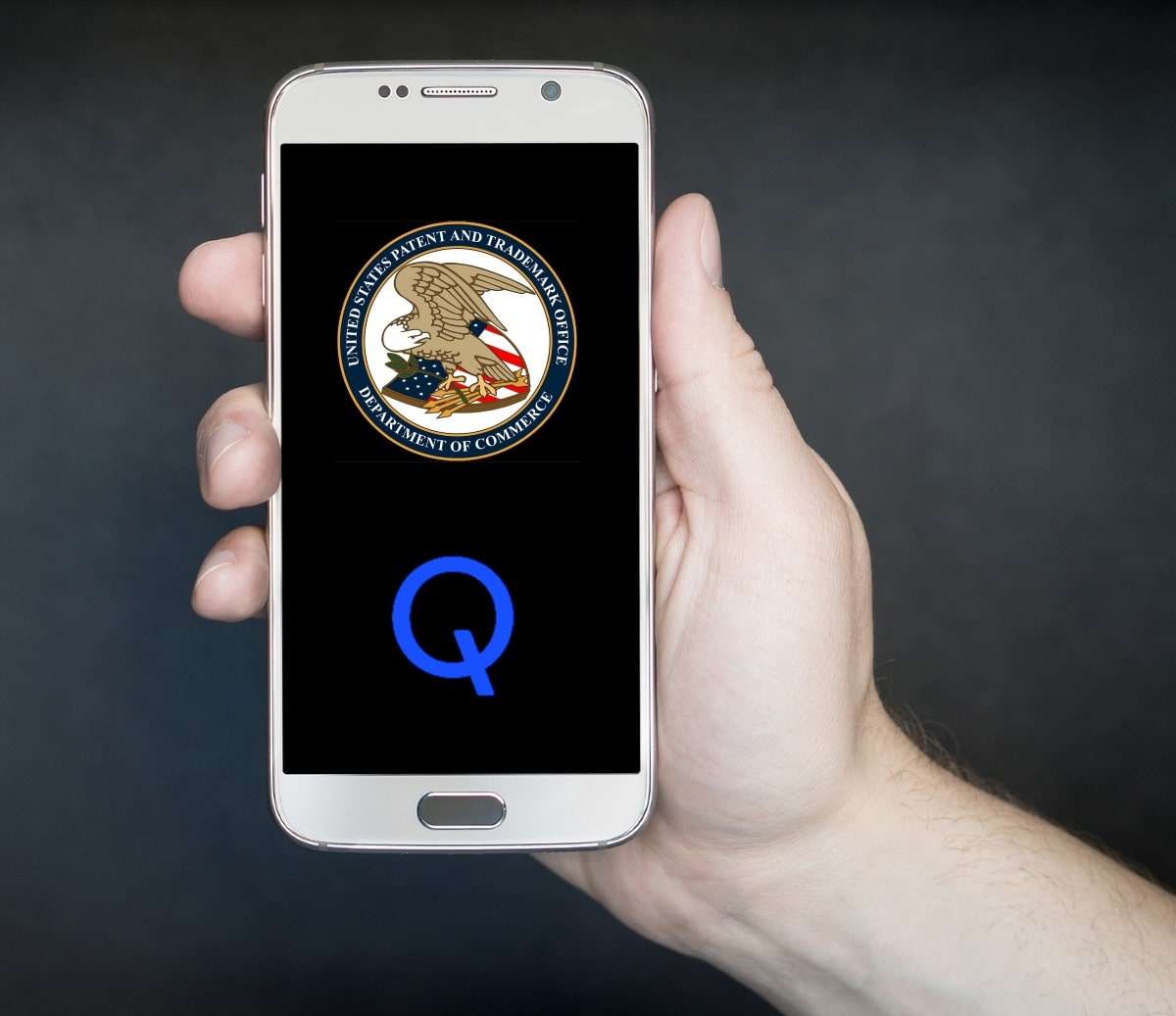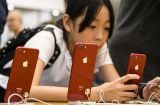Apple Turns Up Speakers, AR
Apple announced a $349, Siri-powered speaker, leveraging its expertise in music against rivals Amazon and Google. It also rolled out developer’s kits for augmented reality and machine learning on iOS 11 and upgraded its Macintosh and iPad computers.
The HomePod is a 6.8-inch speaker driven by an Apple A8 SoC to handle echo cancellation and optimize sound for a given space. It packs a four-inch woofer and an array of seven tweeters, each with its own driver to deliver better sound than smart speakers such as Alexa and Google Home.
“This is really going after Sonos and Bose home speakers--the audio is superior to Sonos--music is in Apple’s DNA,” said Tim Bajarin, president of market watcher Creative Strategies (Campbell, Calif.). “It’s not designed like Amazon’s Alexa as a front end to online stores…my gut says they will sell millions of these as a powerful home speaker,” he added.
Nevertheless, HomePod sports a six-mic array to respond to natural language commands, putting a toe in the water of the smart-speaker market Amazon dominates. HomePod does not enable the range of some 12,000 tasks of Alexa or the range of queries Google supports. Initially, HomePod is prepped for a short list of topics that include music, traffic, weather, stock quotes, unit conversions and translating between a small set of language pairs.
Apple’s Siri agent on the iPhone is available in 21 languages, although the HomePod will initially ship only for English. Apple also announced a new translation service in Siri between English, Chinese and the four most popular European languages.
The speakers also can be used to control home automation devices built to work with Apple’s HomeKit, which now sports AirPlay 2. The upgraded protocol supports multi-room audio, shared playlists and control via Apple TV.
A dozen speaker makers are supporting the protocol as part of a new HomeKit speaker category. “We want to reinvent home music,” said Tim Cook, Apple chief executive, in rolling out HomePod.
HomePod, shipping in December, also aims to increase subscribers to Apple Music. The subscription service launched recently now has 27 million subscribers and competes with rivals such as Spotify and Pandora.
在线留言询价

Apple Reveals Qualcomm Patent Fees

Apple Testifies in Q’com Patent Case
- 一周热料
- 紧缺物料秒杀
| 型号 | 品牌 | 询价 |
|---|---|---|
| CDZVT2R20B | ROHM Semiconductor | |
| MC33074DR2G | onsemi | |
| RB751G-40T2R | ROHM Semiconductor | |
| TL431ACLPR | Texas Instruments | |
| BD71847AMWV-E2 | ROHM Semiconductor |
| 型号 | 品牌 | 抢购 |
|---|---|---|
| BU33JA2MNVX-CTL | ROHM Semiconductor | |
| BP3621 | ROHM Semiconductor | |
| STM32F429IGT6 | STMicroelectronics | |
| IPZ40N04S5L4R8ATMA1 | Infineon Technologies | |
| TPS63050YFFR | Texas Instruments | |
| ESR03EZPJ151 | ROHM Semiconductor |
- 周排行榜
- 月排行榜
AMEYA360公众号二维码
识别二维码,即可关注


请输入下方图片中的验证码:























